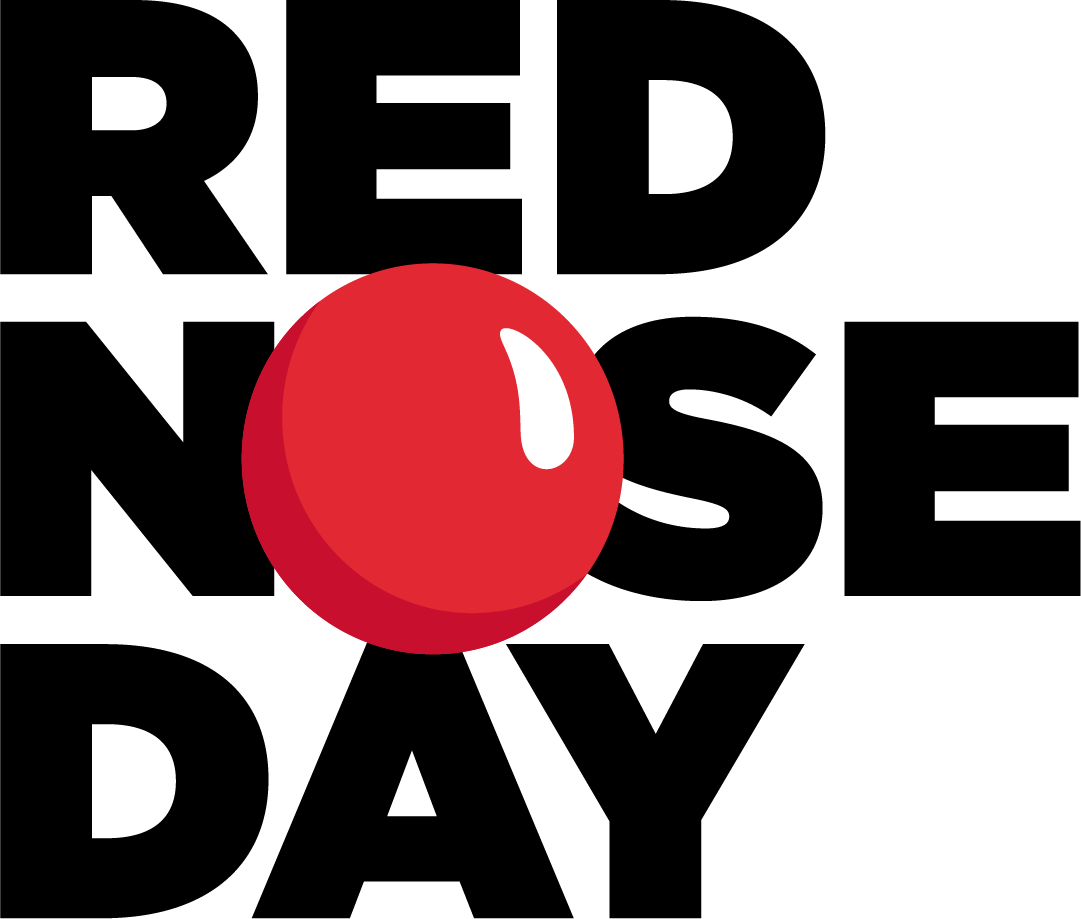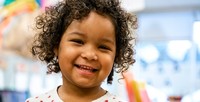In the wake of disasters and crises, we believe that early interventions and long term support are critical to restoring a sense of normalcy and hope.
When disasters or major crises occur, those who were most vulnerable before are always the most vulnerable afterwards – and often much more so. This includes children and families who are living in poverty who are much more susceptible to the immediate impacts of a disaster, and have less means to recover and rebuild their lives after it.
Children are also disproportionately impacted - they are most vulnerable to hunger, malnutrition, disease, traumatic stress and disrupted schooling, and they face long-term threats to their physical health, mental health and educational achievement.
Even before the COVID-19 outbreak, approximately seven million children were displaced by natural disasters around the world, such as earthquakes, hurricanes, floods or famines. Millions more facing dire circumstances – including lack of access to the basics like shelter, food, clean water and access to school – when they remain in impacted areas, because they have nowhere else to go.
Take a deeper look at the issues we address:

COVID-19 Response
Communities are facing an unprecedented danger with COVID-19 – and this is especially true for children living in poverty.
While the virus appears to be less physically harmful to children than other age groups, the widespread economic and social impacts of the virus have significant implications for many of the most vulnerable children.
Here at home, millions of families are under increased economic stress because of illness, reduced work hours and business closures, resulting in a greater risk of vulnerable children facing food insecurity and barriers to everyday health needs. With school closures, many low-income children do not have access to Wi-Fi or computers. This ‘digital divide’ between low-income children and their more well-off peers means that low-income children will likely be less able to recover from the disruption to their education.
Internationally, children face many of these same issues, with even more extreme challenges in the world’s most underserved communities, such as urban settlements and refugee camps. Communities are facing food shortages or even famine, and – with many parents afraid to visit health centers due to concerns about COVID-19 infection – many children are increasingly at risk of other life-threatening diseases, including polio, HIV, malaria.
Both here at home and around the world, the crisis puts homeless and street-connected children and youth and increased physical risk from the virus, and places additional pressure on limited resources to support them.
The immediate need for millions of children – both at home and around the world – is dire. The long-term educational, economic, and health effects on children and their families may be catastrophic. Red Nose Day stands with our grantee partners as they respond to this unprecedented crisis. To that end, Red Nose Day has allowed grantee partners to repurpose active grant funds for COVID-19 relief and recovery when needed.

Disaster Relief & Recovery
Rapid funding provides urgently needed, life-saving interventions after a disaster, and helps communities to recover and rebuild.
A child’s sense of safety and security can be quickly destroyed when an earthquake, hurricane, flood or famine strikes, and children face long-term threats to their physical health, mental health and educational achievement.
During disasters, children are most vulnerable to hunger, malnutrition, disease, traumatic stress and disrupted schooling.
Red Nose Day’s Rapid Response grants help to provide urgently needed, life-saving interventions after a disaster, and help communities recover and build resilience for the future. Our agile funding and partnership process enables us to be responsive to the needs of our grantee partners who are working on the frontlines, and the communities they serve.
Past responses include Hurricanes Maria, Irma, and Harvey, Nepal Earthquake, East African Famine, 2020 Earthquakes in Puerto Rico, Cyclones Idai and Kenneth.
Donate Ask Crisis Response
Explore the stories of children you're helping
Crisis Disaster Impact Content
-
![PR Hurricane Relief]() media block
media blockFinding strength and resilience in Puerto Rico after Hurricane Maria
"When I visited Puerto Rico with Red Nose Day months after the hurricane, I was astounded. Not only by the many issues still troubling the island, but by the strength and resilience demonstrated by those who live there." - Actor & author Lauren Graham
-
![Gulf Coast Red Nose Day]() media block
media blockRebuilding the Gulf Coast after Hurricane Michael
Months after the category 5 hurricane devastated Northwest Florida, the need is still great. But even before the storm, 1 in 5 children living in the area didn't have access to nutritious food. Thanks to your Red Nose Day donations, children are getting access to healthy meals and snacks.
![Impacts of COVID]() How COVID-19 is affecting the most vulnerable childrenNews 17 Mar 2020How COVID-19 is affecting the most vulnerable children
How COVID-19 is affecting the most vulnerable childrenNews 17 Mar 2020How COVID-19 is affecting the most vulnerable children![hurricane relief 2018]() One Year Later: An Update on Hurricanes & Your SupportNews 20 Sep 2018One Year Later: An Update on Hurricanes & Your Support
One Year Later: An Update on Hurricanes & Your SupportNews 20 Sep 2018One Year Later: An Update on Hurricanes & Your Support- A Note From Lauren Graham on Red Nose Day's Work in Puerto Rico After Hurricane MariaNews 20 Sep 2018A Note From Lauren Graham on Red Nose Day's Work in Puerto Rico After Hurricane Maria
![effects of natural disasters]() Read moreNews 31 Aug 2017Why natural disasters are especially hard on the most vulnerable children (and what we’re doing about it)
Read moreNews 31 Aug 2017Why natural disasters are especially hard on the most vulnerable children (and what we’re doing about it)
Get on the list. Sign up for updates.
Don’t Miss Out!
Sign up for the latest Red Nose Day news and updates.
rnd-bsd-signup-form









